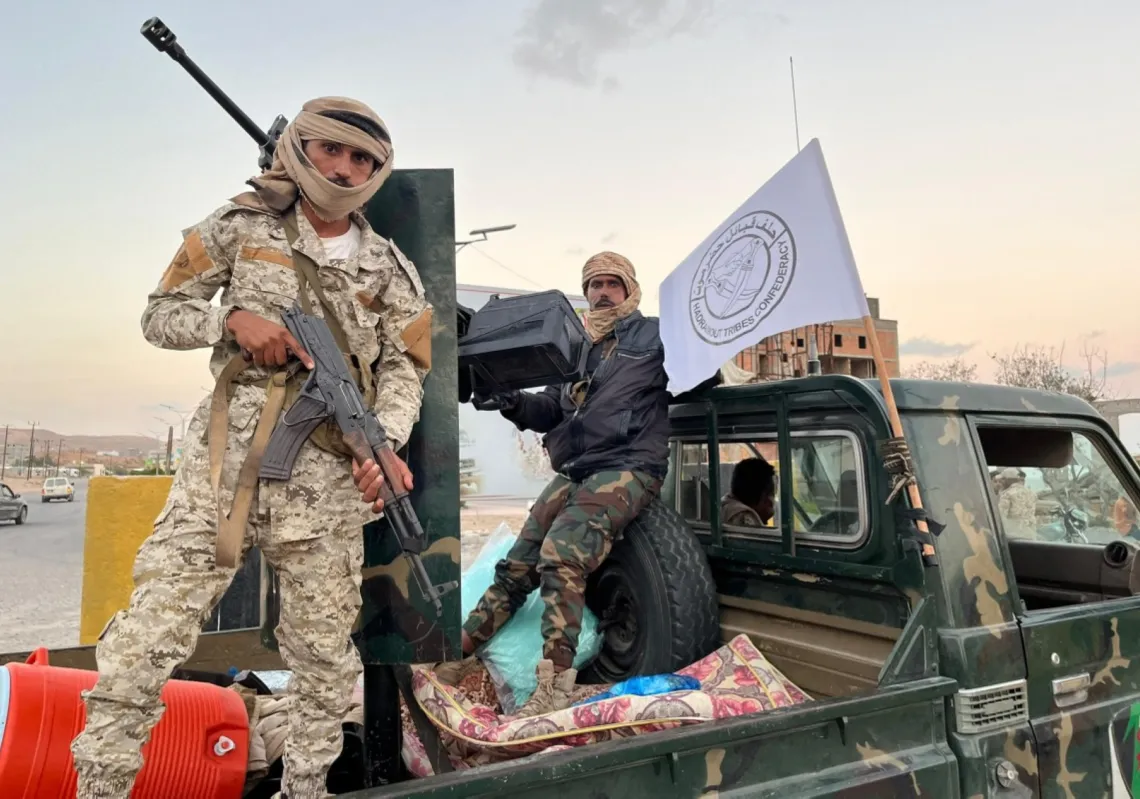 Unidentified International Atomic Energy Agency (IAEA) inspectors (2nd and 3rd L) and Iranian technicians disconnect the connections between the twin cascades for 20 percent uranium production at nuclear power plant of Natanz, some 185 miles (300 kilometers) south of Tehran, on January, 20, 2014. (KAZEM GHANE/AFP/Getty Images)[/caption]
Unidentified International Atomic Energy Agency (IAEA) inspectors (2nd and 3rd L) and Iranian technicians disconnect the connections between the twin cascades for 20 percent uranium production at nuclear power plant of Natanz, some 185 miles (300 kilometers) south of Tehran, on January, 20, 2014. (KAZEM GHANE/AFP/Getty Images)[/caption]
Last week, the United Nations nuclear watchdog, the International Atomic Energy Agency (IAEA), indicated that a planned discussion with Iranian officials on the next phase of implementing the provisional nuclear agreement and on monitoring Iran’s nuclear facilities has been postponed until February 8.
The meeting was originally scheduled for January 21, a day after the interim nuclear deal struck last November between Iran and the the P5+1—the US, France, the UK, Russia, China and Germany—came into effect. Gill Tudor, a spokeswoman for the IAEA, confirmed that this change of date "was at Iran's request."
Despite the deal going into effect there are critical issues remaining. Those issues arise from the intricacies and nuances of the deal between the two sides, Iran’s compliance with which is to be monitored by the IAEA.
First of all, it is important not to under-emphasize the significance of those intricate details. The coming phase marks a shift from one of political and diplomatic negotiations between the six major powers and Iran to one of interactions between the IAEA, its chief inspectors, the IAEA's 35-nation Board of Governors, and Iranian leaders. The interactions will be over more tangible things than the wording of communiqués: they will be about the physical steps Iran has taken to implement the agreement.
Consequently, although reaching the initial agreement was a significant achievement, this next phase, where Iran–IAEA negotiations over the Geneva deal's implementation will take place, is a more pivotal step and poses a greater challenge in some ways.
When the preliminary deal was struck in November, the IAEA and Iranian leaders struck a cooperation pact as well. This pact includes six initial steps Tehran must take in a three-month period, including providing sensitive information on its nuclear program and additional physical access for inspectors to sites where Iran is mining and enriching uranium or manufacturing equipment to do so.
It is here that the limitations and shortcomings of the deal will surface. As US Secretary of State John Kerry said in a recent statement, “While implementation is an important step, the next phase poses a far greater challenge.”
The biggest challenges for IAEA inspectors—who will have to regularly travel to Iran in the next six months—as well as the greatest limitations of the interim nuclear deal of November fall into three categories.
First of all, although the IAEA will gain more access and significantly expand its role in Iran under November’s interim accord, the parameters of this deal do not provide the IAEA with an adequate legal platform to reach a conclusive judgement about Iran’s intentions. This suggests that the P5+1 seems to be more eager to obtain a comprehensive and final agreement than to provide the IAEA with the means to discover whether Iran has in fact conducted tests and research towards obtaining a nuclear bomb. As a result, the major powers might be willing to push the IAEA to sweep the issue of weaponization under the rug for the sake of reaching a final agreement.
The second, and more fundamental, challenge will be accessibility to sensitive information and military sites such as Parchin, which are potentially related to Iran’s nuclear program and possible weaponization efforts. Iranian leaders point out that the four-page interim deal does not permit the IAEA to visit some sites. Parchin is particularly troubling. It is a highly restricted military base located south of Tehran, and according to the IAEA is suspected to be the location where Iranian researchers have conducted experiments to test triggers for nuclear weapons, raising suspicions that there are—or were—military dimensions to Iran's nuclear program.
Finally, external factors could play an important role in this new phase. Iranian and Israeli hardliners are unlikely to dampen their criticism of the agreement, and will likely simply train their sights on the negotiations between the IAEA and Iran. In addition, the opposition groups composed of Iranian exiles, who were the ones to reveal Iran’s secret activities at Arak and Natanz, have been increasing their efforts to find other underground nuclear facilities near Tehran. American lawmakers have also already threatened to pass further sanctions, and it is not clear at this stage whether President Obama will be able to veto their legislation, though he has vowed to try.
At every stage of the process, Iranian leaders have reiterated their position that Tehran’s nuclear program is entirely peaceful. Nevertheless, the several clandestine nuclear sites and activities that were revealed by Iranian opposition exile groups or by US satellites were ultimately confirmed by Iran. This has worked to further suspicions in the IAEA, the West, and the international community at large about the ultimate purpose of Iran’s nuclear program, making the level of certainty that must be obtained to give the program a clean bill of health difficult to obtain. The odds that the IAEA will be able to do so in the next few months are indeed long.
All views expressed in this blog post are those of the author and do not necessarily represent the views of, and should not be attributed to, The Majalla magazine.









